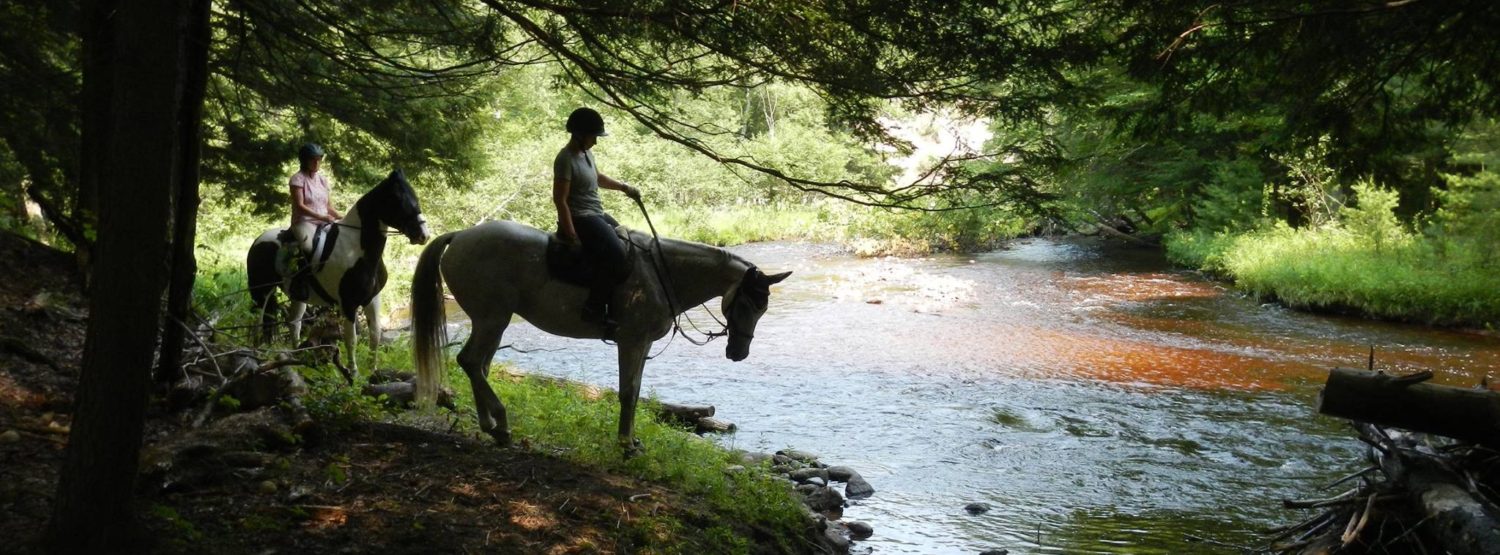The other day I was talking to my co-worker Elissa, who has a 4-year old daughter (let’s call her “Luna”). Now, Luna is a very imaginative person and a creative thinker who has lots of adventures in her head. Just the other night Luna was telling her mom that sometimes at night the noise that the stars make when they move make it hard to sleep. The other thing about Luna is that you can’t just tell her to do something without explaining why, and if she doesn’t like your explanation she won’t do the thing you want her to do.
Luna sometimes has some trouble getting motivated to get dressed and ready for daycare on time in the morning. Elissa – trying to motivate her daughter – asked her to consider that the problem of getting ready in the morning was a lot like trying to solve a puzzle. “So”, she asked Luna, “how do you solve your puzzles?”
Luna told her “you start with the corner pieces.”
Okay, now bear with me.. I will get to horses – I promise. I think that this thought process is so interesting and completely relates to trail riding!
Think of starting a jigsaw puzzle – where do you begin?

First, you find those 4 corner pieces of the puzzle and lay them out. Then, you fill in the rest of the border and finally the middle pieces can fall into place.
Elissa told me that her conversation with Luna went something like this:
Was getting clothes on a corner piece? No.
Was getting her shoes and socks on a corner piece? No.
Was putting her hair in a ponytail a corner piece? No.
Was Elissa getting breakfast packed for the car ride a corner piece? Yes!
Was picking out a shirt to wear a corner piece? Yes!
Was deciding between a skirt and pants a corner piece? Yes!
Was tidying her room in order to have an area to get dressed a corner piece? Yes!
So, once all four of the corner pieces were in place, then Luna could get dressed and leave the house feeling comfortable and accomplished.
I think that this is such a great analogy to trail riding.
I think we can agree that it’s not a good strategy to start in the middle of the puzzle. This would be something like taking a new horse out on a 15 mile trail ride over difficult terrain without getting your foundation pieces in place.

I would suggest that you find your corner pieces and make sure those are in place before filling in the border and then going for those middle pieces.
To have a successful trail ride, especially with a new or inexperienced horse, my four corner pieces are:
- Communication
- Patience
- Trust
- Conditioning

To further explain,
1 . I want to have a good relationship with my horse where he understands what I am asking and I understand where his comfort zone is.
2. I need to be patient so that he can learn without me getting frustrated with him.
3. I need to trust him and he needs to trust me. When he is uncertain on a trail ride, I want him to check in with me and trust my answer.
4. I want both him and I to be fit enough to complete our ride without being too tired or sore after.
Once I lay out those corner pieces and have them solidly in place, I build on the border of my puzzle by going out on short confidence building rides and further building on our communication, patience, trust, and conditioning.

To carry on this analogy, by filling in those corner pieces, we can complete and border and fill in those middle pieces in a systematic way that leads to success – in this cases safe and fun trail rides.

What are your corner pieces?
Happy trails!
Kerrie



I love this!